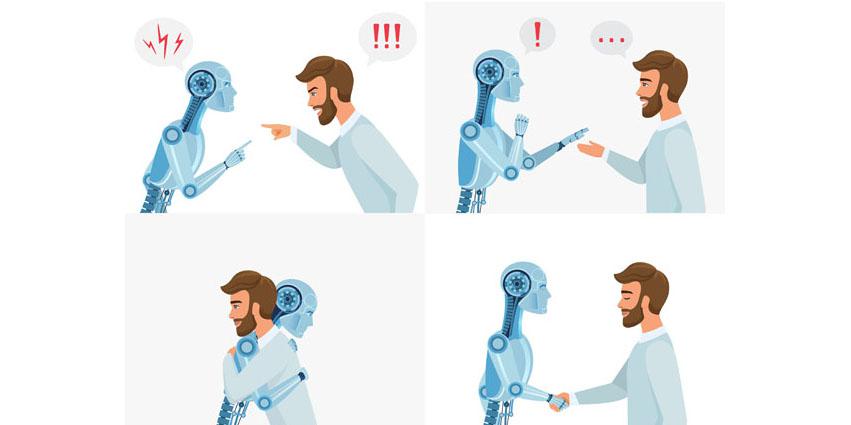Study Finds Robots Could Someday Recognize Human Emotions
A new study shows that robots could be taught to recognize human emotions from the way people move.
A new study shows that robots could be taught to recognize human emotions from the way people move.
Researchers from Warwick Business School, University of Plymouth, Donders Centre for Cognition at Radboud University in the Netherlands, and the Bristol Robotics Lab at the University of the West of England, found humans could recognize excitement, sadness and aggression from the way people moved, even if they could not see their facial expressions or hear their voice.
The findings suggest robots could learn to use the same movements, along with facial expressions and tone of voice, to identify the internal states of humans. Robots could eventually recognize when students are bored, and customer service robots could detect when people feel angry or stressed.
“The aim is to create a robot that can react to human emotions in difficult situations and get itself out of trouble without having to be monitored or told what to do,” said Charlotte Edmunds of Warwick Business School.
“That doesn’t happen at the moment, because robots tend to follow scripts.”
The research is published in the journal Frontiers in Robotics and AI.





Comments